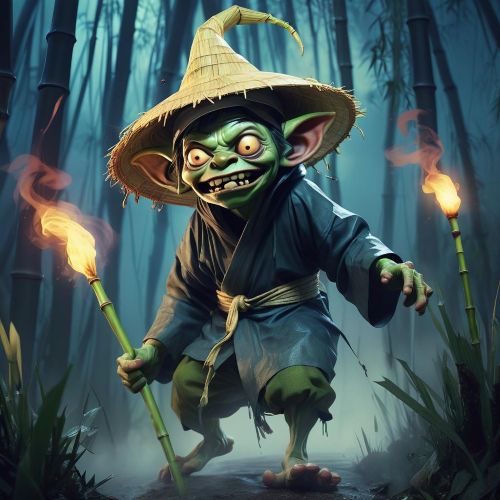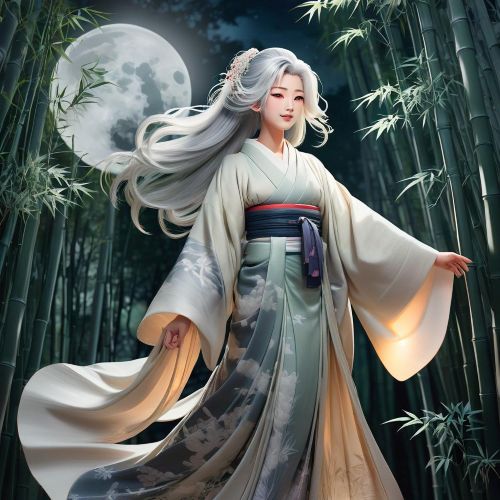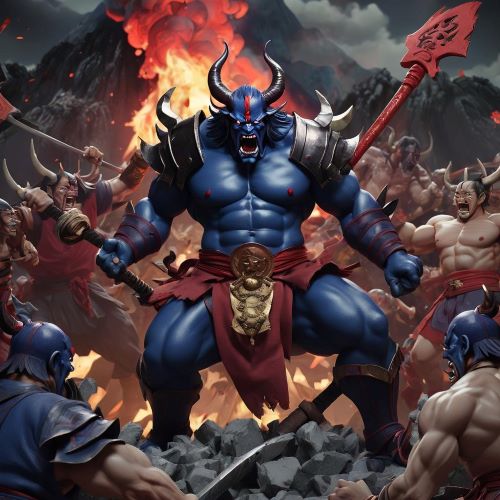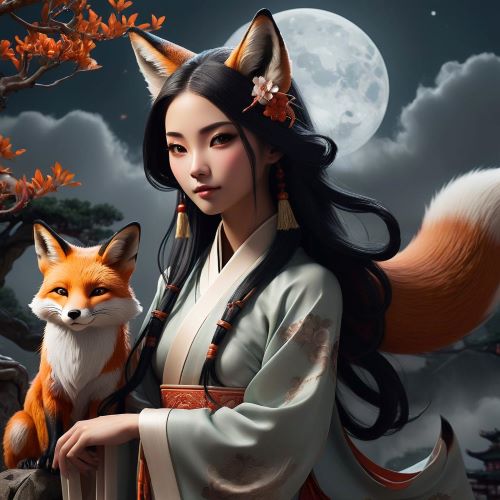East Asian Spirits are an essential part of the mythology and folklore of countries such as China, Japan, Korea, and beyond, where the spiritual world has always been viewed as closely intertwined with human life. These spirits appear in countless forms, ranging from protective guardians and ancestral guides to mischievous tricksters and fearsome beings that test human courage. Myths about East Asian Spirits often reflect cultural values such as respect for ancestors, harmony with nature, and the constant balance between good and evil. They embody the unseen forces that shape daily life and serve as reminders of the mysteries that exist beyond the physical world.
In Chinese mythology, East Asian Spirits often appear as nature deities, river guardians, or celestial beings who maintain cosmic order. The belief in ancestral spirits is deeply rooted, with the idea that departed family members continue to watch over the living, ensuring prosperity and guidance. In Japanese folklore, spirits known as kami and yōkai are diverse and numerous, ranging from benevolent protectors of shrines to mischievous creatures that cause misfortune. Korean mythology also features spirits tied to mountains, rivers, and household spaces, reflecting the idea that every corner of the world is inhabited by a presence deserving respect.
The diversity of East Asian Spirits is reflected in the many roles they play in mythology. Some are guardians who protect villages and homes, ensuring safety from harm and misfortune. Others are dangerous entities that bring illness, disaster, or chaos, teaching humans to live with humility and caution. Spirits of animals, forests, and waters remind people of the sacredness of nature and the importance of harmony with the environment. Ancestor spirits are especially central, embodying the bond between the living and the dead and reinforcing the importance of family in East Asian cultures. Each of these spirits has a symbolic meaning, shaping moral values and cultural traditions through story and ritual.
Rituals and practices dedicated to East Asian Spirits have long been a cornerstone of spiritual life. Shrines, offerings, and festivals honor these beings, ensuring their favor and protection. Shamans, monks, and spiritual leaders often acted as intermediaries, guiding communities in how to live in balance with the spirits around them. These traditions strengthened communal identity and passed on cultural wisdom through generations. The myths not only preserved belief in the unseen but also taught moral lessons about respect, duty, and the consequences of human actions, ensuring that spirits were both feared and revered.
Today, the influence of East Asian Spirits continues to thrive in both traditional practices and modern popular culture. They appear in literature, film, anime, and video games, captivating audiences with their blend of mystery and symbolism. Festivals across East Asia still honor these spirits, preserving a living connection to ancient traditions. The presence of East Asian Spirits in mythology reminds us of the timeless human fascination with the supernatural and the enduring desire to find meaning in the unseen. Their stories continue to inspire, bridging ancient wisdom with contemporary imagination, and ensuring that these spirits remain central to cultural identity across East Asia.












